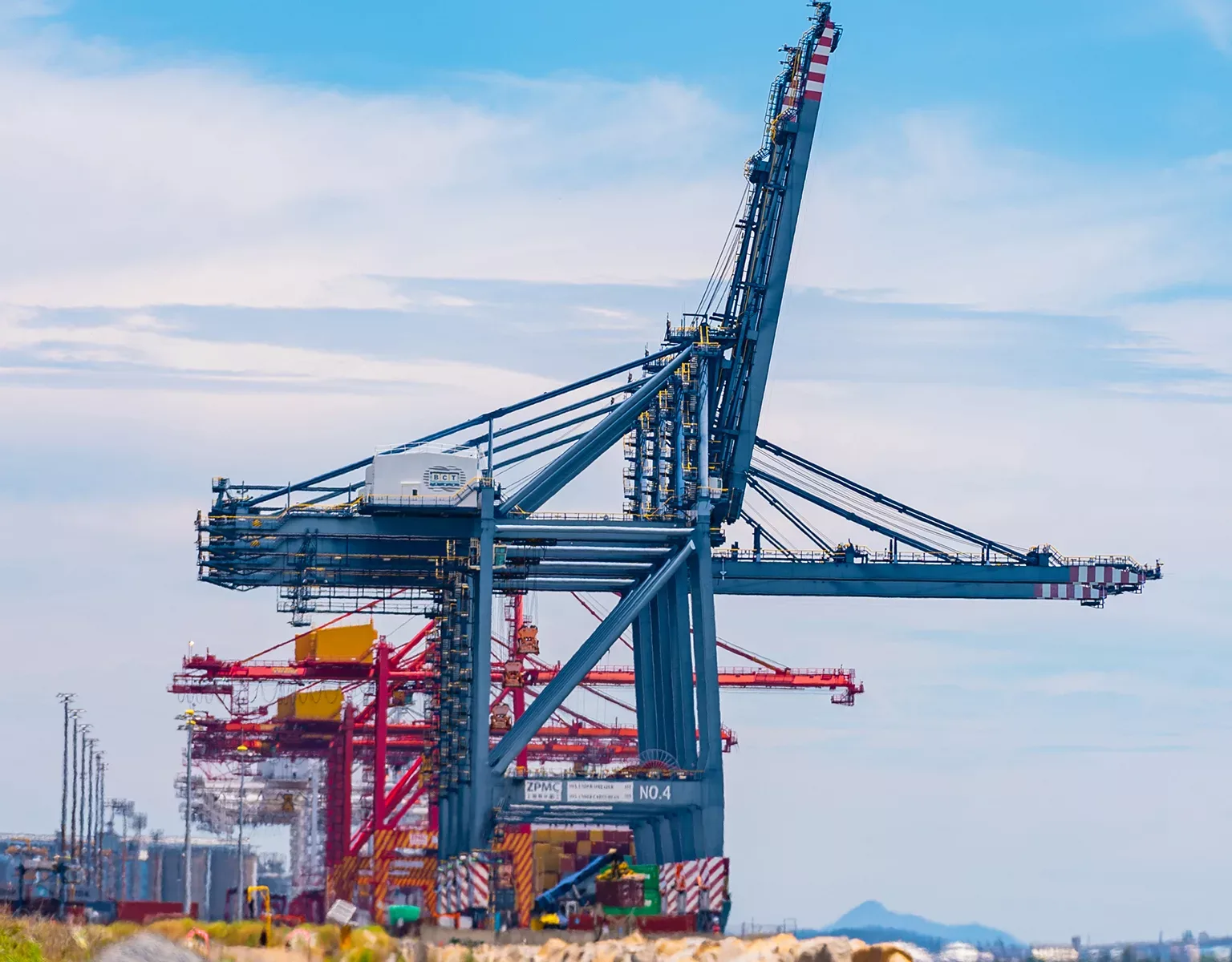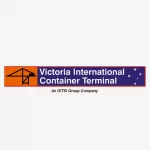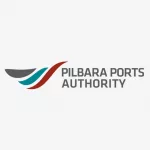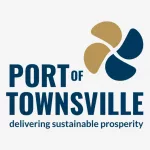AUSTRALIAN PORTS AND LOGISTICS SPOTLIGHT
The country’s primary trading partners via sea – both historically and currently – consist of China, Japan, South Korea, and India. Thanks to its strategic location in the South Pacific, Australia has long been a major player in international shipping with access to significant international maritime routes, including the Strait of Malacca, the waterway connecting the Indian Ocean with the South China Sea Pacific Ocean, and the Suez Canal as a vital link for import and export trade, amongst others.
In the early years of European settlement on Australia’s shores during the late 18th century, ports often comprised little more than wooden jetties – a far cry from the highly advanced mammoth operations that can be seen today. This time gave birth to the Port of Brisbane, which today resembles Australia’s largest capital city port. It began as a river operation handling the region’s first exports of timber shipments from local pine and cedar forests during the early period of settlement, transported by raft and loaded on to sailing ships bound for Sydney. Elsewhere, the Port of Adelaide – now the largest port operation in Southern Australia – is generally credited as one of the country’s earliest port settlements with its origins dating back to 1836. Indeed, this historic site was the first point of contact for thousands of emigrants arriving on Australian shores by ship.
However, since these port histories are intrinsically linked to the settlement era, they can override the legacy of the occupation on these lands that pre-dates the arrival of Europeans in Australia. During the complicated and fraught era of European settlement, the exploitation of these waterside gateways paid little respect to the Traditional Owners of the land, who had long gathered in such places as locations of deep spiritual meaning – places where ancestral Indigenous Australians might hunt, camp, and fish. This legacy is now widely respected across the sector today, and can be explored through various resources such as the ‘Ports on the Indigenous Map of Australia’, an online tool developed by the leading industry body, Ports Australia.
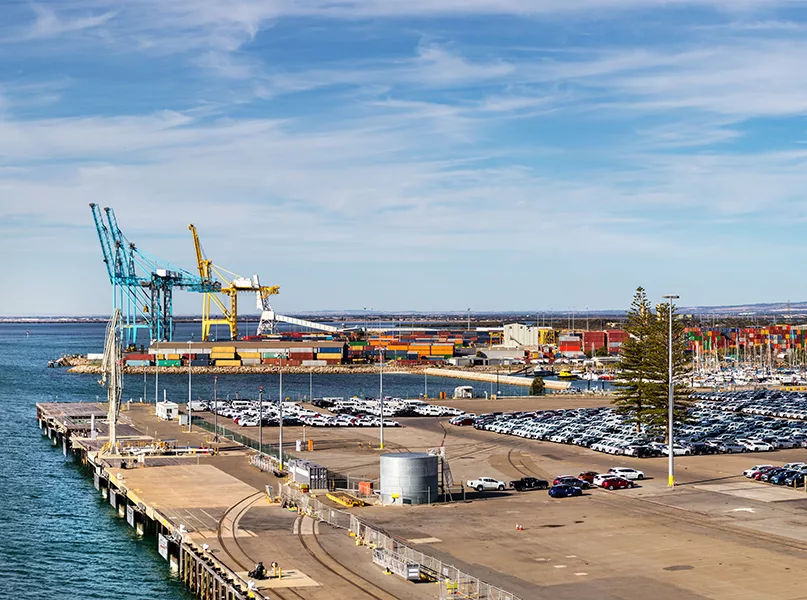
ADVANCING AUSTRALIAN TRADE
Elsewhere, in the southeastern state of Victoria, the mighty Port of Melbourne traces its origins back to 1842, when the bank of the Yarra River first served as a wharf. It has since evolved to become the nation’s best connected port with comprehensive facilities designed to cater for a wide spectrum of vessels, as seen in 2016, when ER Long Beach became the largest container vessel to call at the Port of Melbourne with a capacity of nearly 7,500 twenty-foot equivalent units (TEUs).
The 19th century continued as a time of great development for the nation’s ports with significant progress in delivering an improved, robust infrastructure and the implementation of deepwater bulk facilities that would play a pivotal role during wartime.
In terms of the significance of Australia’s ports on the worldwide shipping stage, the year 1969 signifies a seminal moment. The docking of the vast Overseas Container Ltd (OCL) vessel, Encounter Bay, in Fremantle Port on the coast of WA effectively heralded the arrival of the global container revolution, with the introduction of the port’s first container terminal launched later that same year. As a result, Australia entered the realm of international carrier trade, a movement that was transforming ports across the globe as a capital-intensive model of operation handling extensive amounts of cargo from ship to shore through advanced stevedoring operations that continues to shape the sector today.
To name just a handful of the major port operations currently serving this vast nation, Australia’s northern territory hosts the Port of Darwin, so named after the famous naturalist who once visited the operation. To the east, the Port of Sydney is the trade nexus of the eastern Australian coastline, while the same can be said for Port Hedland on the western coast in WA. The Port of Adelaide is the prime shipping centre of Southern Australia, with the southeastern Port of Melbourne providing an instrumental link in connecting Tasmania, Victoria, and New South Wales, alongside international trade.
Aside from providing indispensable logistical links in handling all manner of cargo, the traditional role of ports, and the expectations that we have of them, are changing. As Australia’s gateways to the world, ports are essential nodes for trade and are fundamental economic drivers, however the role they play as both environmental partners and members of the community is of equal importance.
THE SECTOR TODAY
Moving on to coastal shipping today, the country relies on shipping for both international trade and domestic freight movements through coastal trading. As reported by Ports Australia, coastal shipping is less than 15 percent of the volume that moves through the country’s ports, with the remainder formed of international freight (93.7 percent).
The nation’s major ports and their surrounding infrastructure are key locations for supply chains involving bulk and container facilities. Some key players include the Port of Melbourne as the major handler of the country’s container traffic, and Port Hedland in Pilbara, WA. The latter primarily handles iron ore and is the largest bulk export facility in the world. Famously both the biggest, and busiest container port across the whole of Oceania, Port of Hedland hosts over 1,500 ships every year according to Marine Insight.
Nationwide, the ports sector is a major contributor to employment and job creation. Aside from opportunities working within or around the ports themselves, most jobs across the country are in some way or another reliant on ports as a means of import/export trade. For instance, construction, retail, fashion, manufacturing, IT, and healthcare all rely on global imports, while industries including agriculture, energy, mining and areas of manufacturing are reliant on international exports. Aside from shipping, Australia’s ports are integral to the tourism industry, with many of the country’s operations handling cruise vessels as another key component of the economy.
In light of escalating global populations and the subsequent demand for goods, the realm continues to develop at breakneck speed purely in terms of handling capacity. Indeed, both Australia’s bulk commodity exports and metropolitan container imports are forecasted to double in size with each decade. This introduces major logistical issues, involving queues for both ships and the trucks waiting to deliver or deposit cargo on land – a hurdle that rose to the fore during the COVID-19 pandemic, as with the entirety of the global shipping sector.
In the face of this demand, the nationwide ports sector must walk a fine line between the preservation of functionality and future development while remaining mindful of its effect on surrounding communities and reconciling the best interests of all parties involved. This is largely overseen by the regulatory framework applied across all Australia’s ports, set by the Australian Government, although port operations themselves and investment are overseen by the private sector.
With each port, state and territory governments supervise the planning of land use, not just for the ports themselves, but their surrounding lands and interconnecting network of transport systems. On a wider scale, the overarching Australian Government undertakes assessment of the ports pertaining to matters of national environmental significance or overriding issues such as safety, security, or customs measures that affect the country’s maritime obligations.
Since there are a host of players involved – including port authorities and corporations – consolidation and collaboration within the sector is key to work towards its overall betterment. One such entity that seeks to represent the multifaceted network that comprises the country’s ports sector, is Ports Australia, whose membership encompasses the full gamut of port representatives, from government owned ports, privatised operations, state marine regulatory authorities and the Royal Australian Navy. Equally as important as connecting Australia with the rest of the world, industry bodies such as this showcase the ways in which the ports themselves connect with and support their surrounding communities.
PORTS AUSTRALIA PARTNERS




